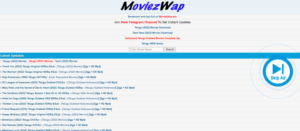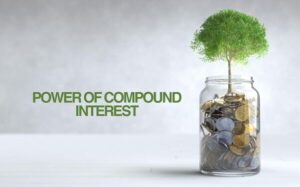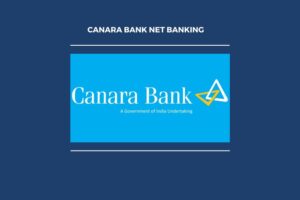Four Common Bookkeeping Methods for Construction Contracting Businesses

As a general or independent contractor, you know the importance of leaving complicated tasks to the experts.
Keeping accurate, organized, and up-to-date financial records is crucial for the success of your business as it lets you know if you’re making or losing money on a current project, and overall; you need accurate financial statements if you require funding, and keeping proper records can help protect you from getting in hot water with the CRA.
That’s why it’s a good idea to hire a small business accountant, even if it’s only once a month or a few times a year. Not only will an accountant help ensure the financial health of your business, but they also help you make major business decisions based on the hard data of your business finances. An accountant for small businesses can also save you money on operating expenses and taxes by choosing the right bookkeeping method for your business.
If you haven’t already, when you choose a bookkeeping method like the ones below, you are required to stick to it as each method affects how you report your income and expenses to the CRA at tax time.
The Cash Method
As the name suggests, the cash method of accounting records both income and expenses only when cash changes hands. While this is one of the easiest ways to keep your books, it can be the least accurate in providing you with an overall view of the financial health of your business.
This is because if you take a deposit, for example, you’re recording income you haven’t earned yet, or you may be paying for expenses before you’ve collected money that you have earned. Not having an accurate picture of your finances can prevent you from making necessary financial adjustments on a particular project, or your business practices in general, to help you avoid losses.
The Accrual Method
In the accrual method of accounting, income is recorded as soon as an invoice is sent, and expenses are recorded as soon as an invoice is received. If you use the accrual method, the CRA requires you to report income in the fiscal period you earn it, no matter when it’s received, and deduct expenses in the fiscal period you incur them, whether or not you pay them during that period.
As you can imagine, this method will also not give you a good gauge of your finances until all outgoing and incoming invoices are paid.
The Completed Contract Method
Using the completed contract method of accounting, income and expenses are not officially entered in the Profit & Loss portion of your balance sheet until the contract is completed. Some tax professionals may recommend this method for shorter-term contracts to allow you to defer your taxes, but it may not be the right choice for your company if you’re trying to arrange to finance because of the delay in reporting.
Read More: Features of Accounting Software for Construction Companies
The Percentage of Completion Method
This method is arguably best suited for construction businesses. In the percentage of completion model, revenues and expenses are recorded on an ongoing basis as the work is completed. It requires more bookkeeping, but it’s recommended if you are juggling jobs and/or if you want your company to grow and take on bigger contracts because it gives you the most accurate picture of where you stand financially – helping you make more informed decisions.

Mahesh Kumar is a dynamic marketing consultant and tech enthusiast with a passion for driving business growth through his innovative strategies and cutting-edge technology. With 6 years of experience in the industry, he has helped numerous businesses leverage the power of digital marketing to reach their target audience, build brand awareness, and increase sales.







